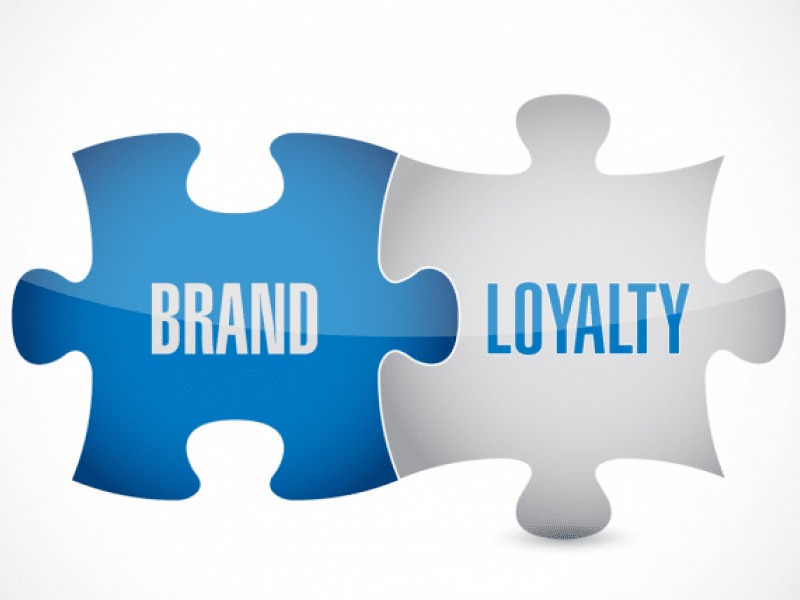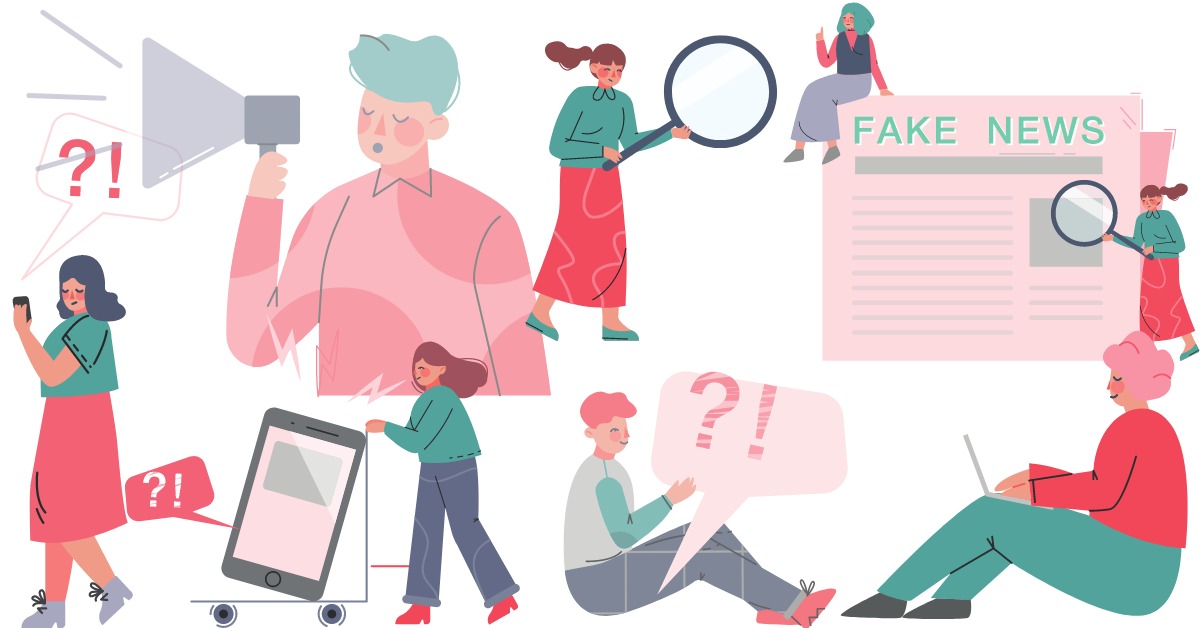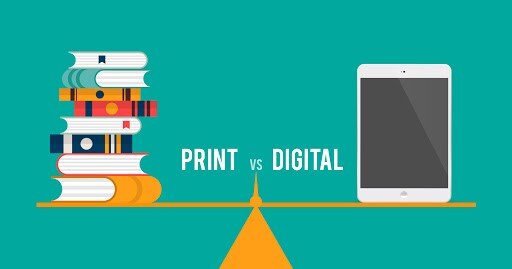
How Brands Build Loyalty Through Consistent Messaging
September 24, 2025Not long ago, a local entrepreneur woke up to find her business trending online for all the wrong reasons. A post falsely claimed her brand was selling expired goods. Within hours, the misinformation spread across multiple platforms. Although the story was untrue, the damage was real: lost customers, shaken trust, and sleepless nights.
At Yadaba Communications, we’ve seen this story repeat itself across industries and borders. Misinformation can strike without warning, affecting both corporate brands and individual reputations. But the same media ecosystem that spreads falsehoods can also be the strongest ally in restoring truth.
In 2025, misinformation remains one of the most pressing global risks. The World Economic Forum’s Global Risks Report 2025 lists it among the top short-term threats facing societies worldwide. Similarly, the Reuters Institute Digital News Report 2025 highlights growing public concern over fake news, manipulated content, and AI-generated falsehoods.
For businesses, this is not just a communications issue; it is a strategic risk. A single misleading headline can shift investor confidence, unsettle customers, and impact policy discussions. For individuals, misinformation can erode personal credibility, online safety, and career prospects.
At the same time, audience behavior is changing. Social media platforms have begun labeling dubious posts and collaborating with fact-checking organizations. A Yale University study (2025) found that when users flag posts as misleading, engagement drops significantly by nearly half in likes and shares. This shift shows that audiences now value verified information over viral drama.
For communicators, that is both a challenge and an opportunity. The challenge is staying vigilant in an era of deepfakes and disinformation campaigns. The opportunity is positioning truth and transparency as brand differentiators.
Media as a Shield and a Storyteller
Understanding the Landscape
- Misinformation is false content shared without intent to deceive, often by people who believe it is true.
- Disinformation is deliberately false information, crafted to manipulate, harm, or mislead.
- Dark PR refers to coordinated attacks that use misinformation to damage a competitor or public figure.
These tactics thrive on speed, confusion, and emotion. That is where media comes in, both as a corrective force and as a proactive storytelling tool.
Media’s Defensive Role
Trusted media outlets and credible communicators can:
- Fact-check and verify information before it spreads.
- Signal-boost corrections and clarifications to reach wide audiences.
- Label or flag false content in partnership with tech platforms.
- Provide context, helping the public understand how and why misinformation circulates.
When companies or individuals work transparently with journalists and fact-checkers, they reclaim control of the narrative.
Media’s Proactive Role
Media is not just a shield; it is also a stage for truth. At Yadaba Communications, we encourage clients to:
- Tell their stories before others do: Consistent, authentic storytelling builds resilience against misinformation.
- Build media partnerships: Collaborate with credible journalists and newsrooms who can validate and amplify your message.
- Respond quickly: Time is critical, and every hour counts when countering false claims.
- Educate audiences: Share practical tips on identifying fake news, especially within your organization or customer base.
In the 2019–2020 Australian bushfires, false narratives about arson spread rapidly online. Over time, coordinated corrections and transparent reporting helped restore factual understanding, but only after significant confusion. This case demonstrates the value of early media intervention and proactive communication.
Similarly, PR teams today are using advanced tools like Cyabra to detect fake accounts and disinformation campaigns, combining technology with human insight to stay ahead of false narratives. This balance, technology plus truth, defines modern communications strategy.
At Yadaba Communications, we believe the media is not merely a messenger but a mirror of truth. When used responsibly, it can correct falsehoods, amplify credibility, and shape narratives that last. Combating misinformation is not just a media task; it is a shared responsibility among corporations, individuals, and communicators who care about truth.
The question is not whether misinformation will appear; it is how prepared you are when it does.
Let’s make truth your strongest brand asset.
Contact us today:
info@yadabacomms.com
+233 (0) 50 590 2672
yadabacomms.com
![YADABA FINAL LOGO[1460]](https://yadabacomms.com/wp-content/uploads/2021/07/YADABA-FINAL-LOGO1460-1.png)


